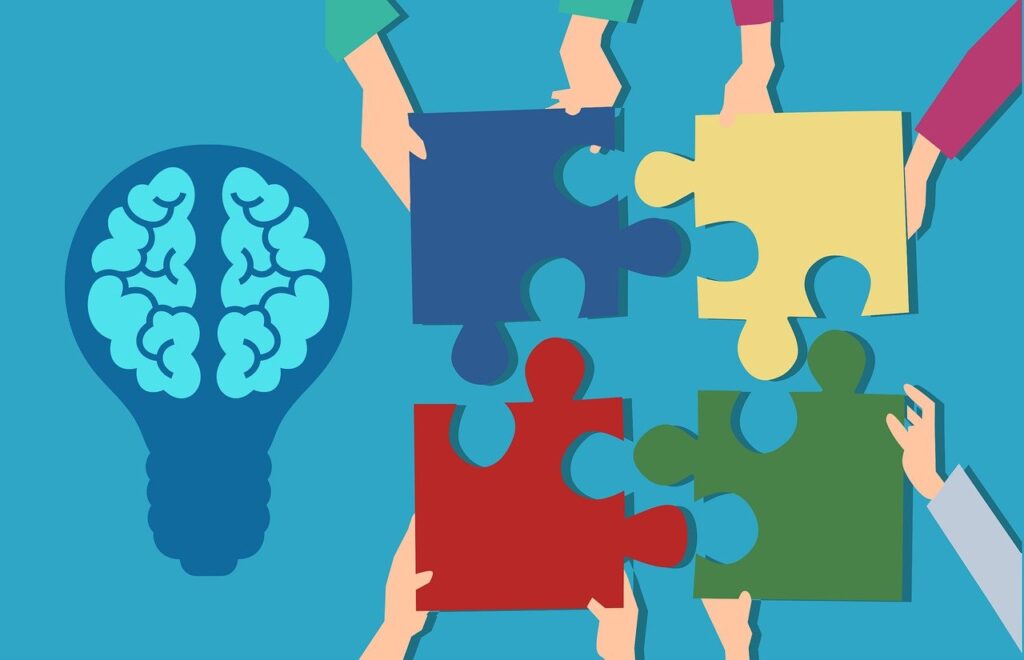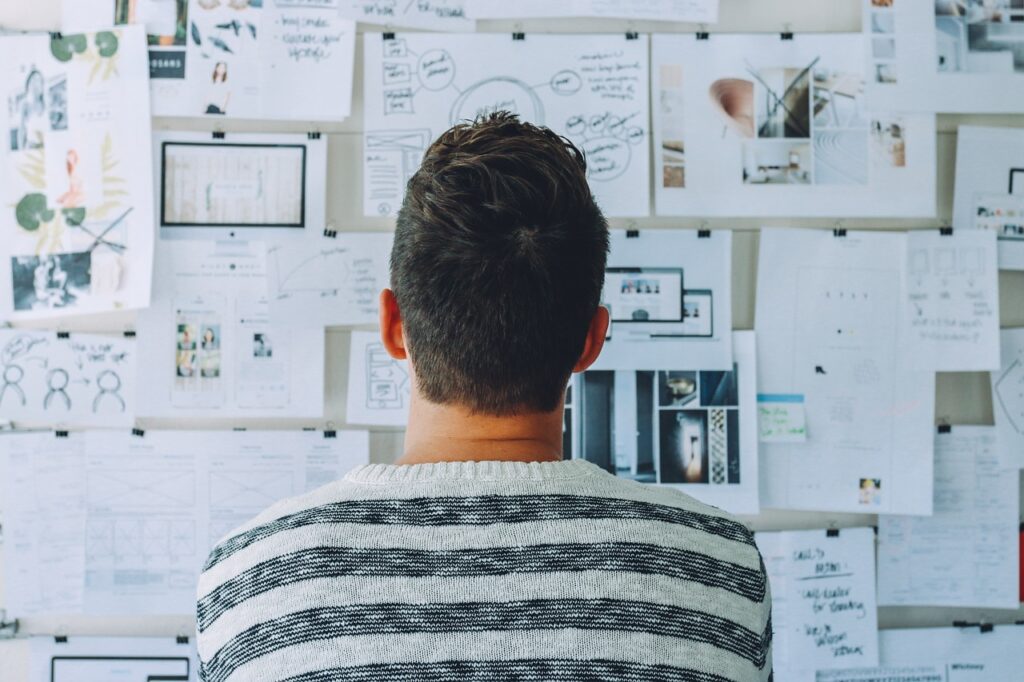MCAT Physics Practice
Mastering the Physical Sciences portion of the MCAT (better known as the MCAT physics section) first requires mastering the fundamental science concepts that the MCAT will test.
By far, MCAT physics questions will most likely ask you to relate kinematics and forces. As a result, it is crucial to have a strong foundation in these topics.
But how do you ensure that you are ready for the MCAT physics section? The answer is simple: Content review and then practice, practice, and more practice.
MCAT Physics Practice Question
Try this sample MCAT physics problem (click to enlarge):
Explanation
Like most MCAT questions, this one can be approached in a couple of different ways.
Strategy 1: Guessing
First, if you have no idea what you’re doing, you’re going to have to guess. The MCAT covers a huge array of topics. Sometimes we’ll see a topic we just didn’t have time to study.
If that happens, don’t panic. It’s okay to guess. Don’t leave anything blank on the test.
However, if you’re guessing, guess smart.
Avoid picking answers that are just the simple addition or subtraction of numbers listed in the question itself. For example, in this question, you probably shouldn’t guess 9, since that’s just the subtraction of the 10 and the 1 listed in the question.
That’s a “panic answer” and the MCAT writers put it in there as a trap. Just guess between A, B, C and move on quickly.
Strategy 2: Process of Elimination
Next, let’s say you remember a bit of physics but don’t really know how to solve this specific question. I routinely tell my tutoring students that if they learn nothing else in physics, they need to LEARN UNITS! Understanding units is crucial for the MCAT.
In this question, we’re asked for acceleration. Two of the answer choices have the units listed as Newtons. That’s wrong! Acceleration is in meters per seconds squared (m/s^2). If you know your units, you can quickly eliminate B and D. Just pick either A or C and move on.
Strategy 3: Working Through It
Finally, to work through this question, you’re going to have to break down the applied 10N force. The child is sliding the block horizontally along the floor, so you need the horizontal component of the applied force. Remember, you use cos to find the horizontal components of force.
The equation would thus be: Fx = 10N x cos 60 = 10 x 0.5 = 5 N
We’re told that the frictional force is 1 N. The frictional force would oppose the applied force, so we would find the net force by subtracting friction:
F net = 5 N – 1 N = 4 N
Now that we know the net force, we can use Newton’s Second Law, F = ma, to find the answer. This is a biggie! F=ma is probably the most important equation in all of MCAT physics. Need to brush up on your equations? Download our free MCAT Equations and Formulas sheet!
F = ma
4 N = 2 kg x a
a = 2
And that’s how we arrive at our answer! If you need more MCAT physics practice, sign up for our free MCAT Question of the Day emails for your daily dose of MCAT prep.
Need more in-depth help? Blueprint MCAT modules and live class instructors break down complex physics topics into understandable nuggets of information to help our students reach their target MCAT scores! Experience it for yourself by starting a free trial of the Blueprint MCAT Self-Paced Course.
Search the Blog

Free Consultation
Interested in our Online MCAT Course, One-on-One MCAT Tutoring or Med admissions packages? Set up a free consultation with one of our experienced Senior Student Advisors.
Schedule NowPopular Posts
-
MCAT Blog What's on the MCAT?
-
MCAT Blog How to Review MCAT Full Lengths

Free MCAT Practice Account
Need great MCAT practice?Get the most representative MCAT practice possible when you sign up for our free MCAT Account, which includes a half-length diagnostic exam and one of our full-length MCAT practice exams.
Learn More








